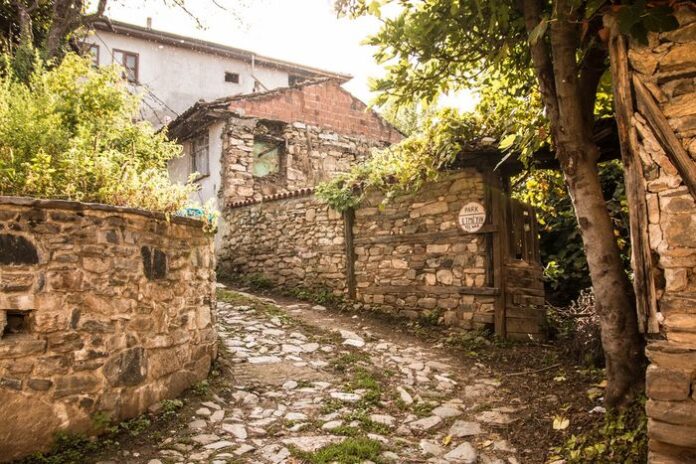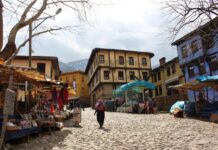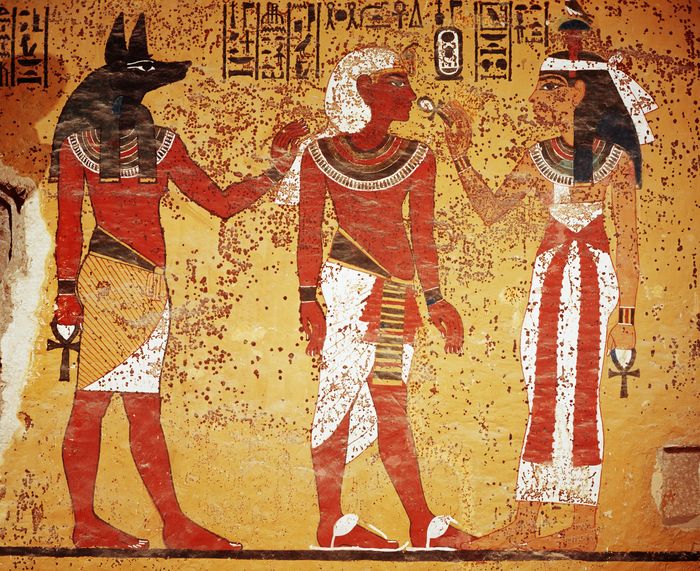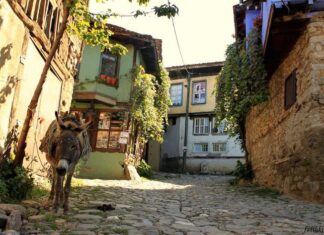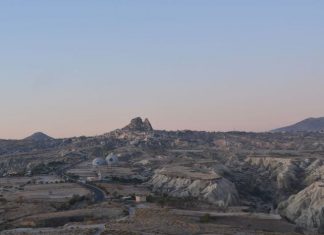The moat of Constantinople was one of the most important parts of the city’s defense system. In Greek, it was called the Taphros. It was built in front of the massive Outer Wall, forming the first line of protection against invaders.
Size and Structure
The moat was over 61 feet wide, creating a deep trench around the city. The exact original depth of the moat is not fully known today because the space has been filled with gardens, earth, and debris over the centuries. However, at the section near the Golden Gate, which was a very important entrance, the moat is still about 22 feet deep.
The walls inside the moat—called the scarp (inner side) and counterscarp (outer side)—were built of stone masonry 5 feet thick. These walls were strengthened by buttresses, which helped support the heavy ground around the moat. The top of the scarp wall had a battlement, or low protective wall, about 6.5 feet high, where soldiers could stand and fight Smaller Towers on the Outer Wall.
Divided Sections
Along the length of the moat, there were small low walls crossing it, dividing the moat into sections or compartments. These dividing walls were usually built opposite towers of the Outer or Inner Wall.
These walls narrowed to a sharp edge on top, making it hard for enemies to walk or build bridges across them. On the sloping southern side, they were also supported by buttresses to make them stronger Walking Tours Ephesus.
Were They Aqueducts?
In the 19th century, Dr. Paspates was one of the first scholars to study these structures. He believed that the cross-walls were actually aqueducts or dams used to bring water into the moat. According to his theory, these aqueducts held water only during a siege. When the city was attacked, the defenders would break the dams, releasing water into the moat to make it harder for the enemy to cross.
At other times, these same aqueducts may have carried water into the city, supplying houses and fountains.
His theory is supported by the discovery of clay water pipes in some of these structures, and the fact that underground water channels from hills west of the city still connect to them.
Always Filled with Water?
However, not everyone agrees with Dr. Paspates’ idea that the moat was filled only in times of war. Other historical sources say the moat always had water.
For example, the Byzantine scholar Manuel Chrysoloras described the moat as so full of water that the city appeared to be standing on the seashore, even when viewed from the land side. Another traveler, Bondelmontius, referred to it as a “trench of rising waters,” suggesting a constant water supply.
Despite some debate about when and how the moat held water, there is no doubt that it was an essential part of Constantinople’s defenses. With its great width, deep trench, and connection to water systems, the moat made it much harder for enemy forces to reach the main walls of the city. Whether used in peacetime or just during war, it remains a powerful symbol of the city’s strength and clever engineering.
